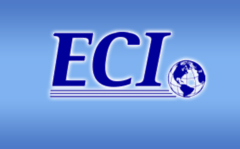Design Criteria and Requirements For Development of Perfusion Media
Abstract
There is increasing interest in perfusion processing as a means for increasing overall yield of the upstream process, facilitating a reduction of manufacturing costs. However, as in many companies the focus was on fed-batch process development for decades, hands-on knowledge about medium development for perfusion processes is considered a key gap for the wider adoption of perfusion processing in biologics manufacturing today.
Compared to batch-based cultivation, perfusion processes have fundamentally different requirements and challenges in terms of medium composition. The continuous nature of perfusion processes allows to achieve steady-state, although not all practitioners consider this desirable. The main challenge in perfusion medium development is to determine the cellular nutrient demands and to optimally balance their concentrations. The application of cell culture media designed for fed-batch can be a quick route to a baseline perfusion process, but there may be limitations to possible optimization with this approach, in terms of performance as well as cost.
A lot depends on the type of perfusion process that is targeted. In this contribution, we will attempt to classify different types of perfusion processes and discuss differences between the medium requirements associated with each manifestation of perfusion. The critical parameters for perfusion media will be discussed, depending on the requirements of different perfusion process formats.
Critical tools for medium development are robust and highly representative high-throughput screening systems. However, the screening tools should represent the large scale system in the critical aspects. In our case study, different Scale-Down Models for perfusion medium development were tested and compared based on the cellular metabolic behavior in these systems.
